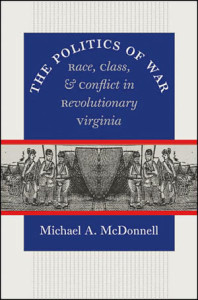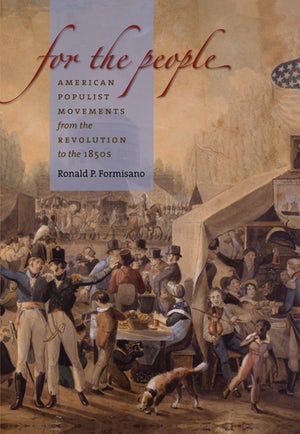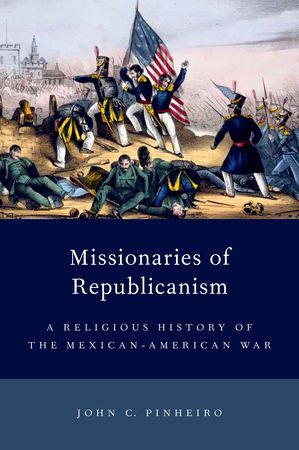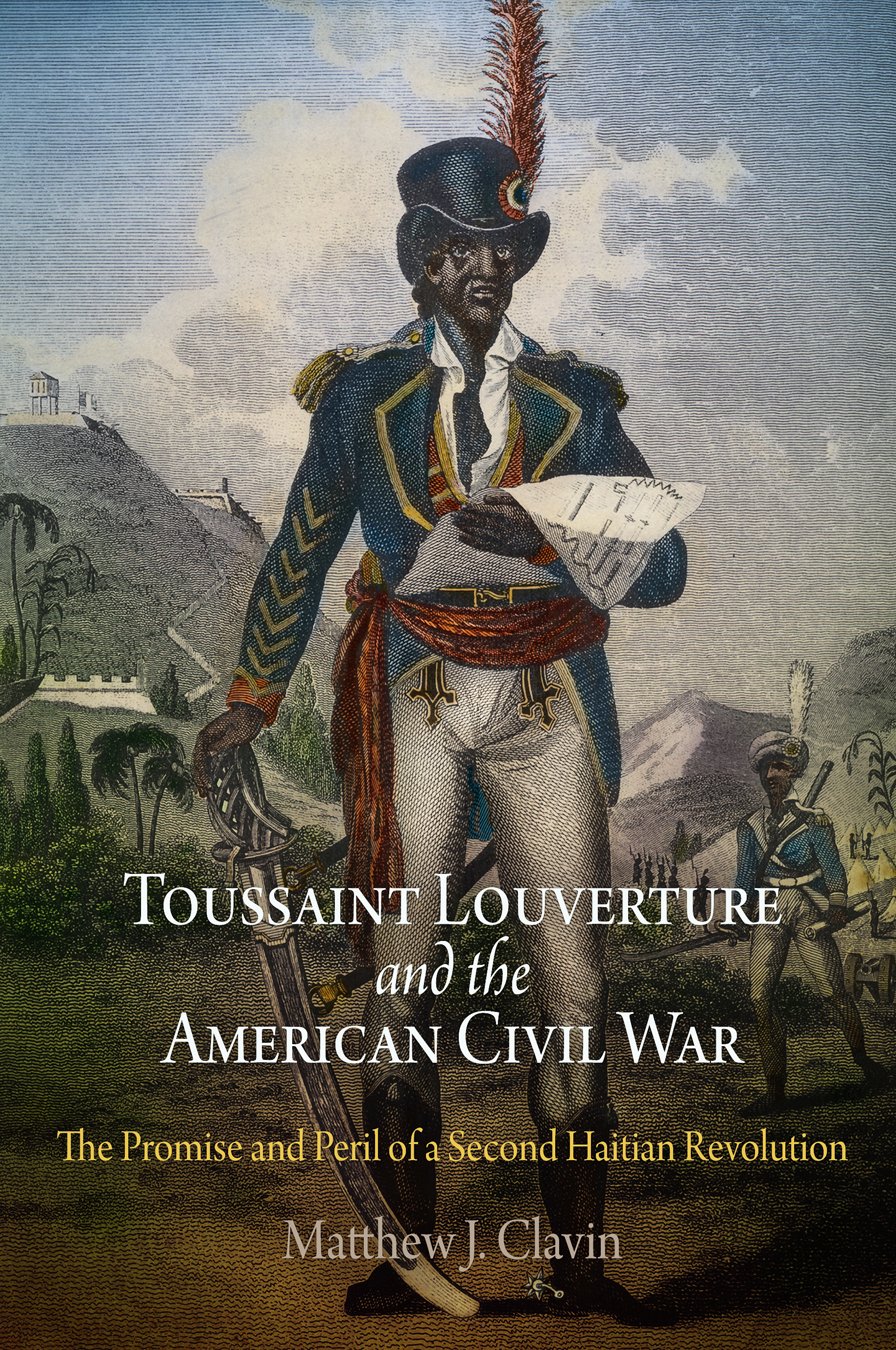In his extensively researched, clearly written analysis of Virginia during the War for American Independence, Michael McDonnell provides an authoritative study of enslaved Virginians, bound white laborers, tenants, and small farmers—the majority of Virginia’s population—as they sought their own brand of liberty and freedom. During their fights for independence, these Virginians often encountered a conservative, nervous elite who steadfastly clung to traditional hierarchies and who hoped to preserve as much of the political and economic status quo as possible. Each side, however, quickly realized that to attain their objectives they had to take or keep liberty and property from the other: whatever political or economic power lower-sort Virginians hoped to win, they had to take from elites, and whatever property and power elites sought to preserve, they had to keep from lower-class white and black Virginians. This multi-layered internal conflict—one of the ironies of the struggles for freedom waged by the racially and economically diverse inhabitants of North America during the Revolutionary era—characterized the struggle for independence in Virginia and sits at the center of McDonnell’s study of how race and class relations altered Virginian society during the Revolutionary War.
In the process of telling a rich, complex story, McDonnell focuses on three interrelated issues that drove the movement for independence in Virginia. Virginians continuously struggled to muster enough people for military service. Initially, elite Virginians wanted to arm lower-class whites to protect the colony from slave rebellions, but as the war with Britain intensified and the possibilities for slave revolts increased, Revolutionaries desperately sought to put more soldiers in militia units and in the regular army. However, middling and lower-class men continued to avoid that service. When Virginia’s rulers enticed them with promises of land and money, poorer Virginians took advantage of the need for soldiers and pressed for promises of even more money and more land. While elites stopped short of giving in entirely, the combined threats of an inadequately protected Virginia, the growing possibility of slave revolts, and the danger of a British invasion compelled elites to enact drafts that cut across class lines, to allow a somewhat more democratized political arena, and to grant promises of even greater bounties, which went largely unfulfilled after the war.
To pay for military service, Virginians in power had to levy and collect taxes. But racial and class tensions pushed them to alter the way taxes were assessed and collected. Rather than make poorer people pay a disproportionate share of the taxes, the regular method in Virginia, Revolutionaries distributed widely the cost of the war as a way to encourage more people to pay their assessments and accept military service, which included serving on slave patrols. In 1777 and 1778, for example, legislators began taxing the value of landed and human property instead of simply taxing acreage, and inventories, quit-rents, and incomes were also assessed, which meant that wealthier men would pay more taxes than they had in the past and that they would also pay a greater share of taxes. Legislators also made provisions for the popular election of the tax commissioner, a move designed to generate popular support for the law. Elites had hoped the new tax law would spread out the pain of paying for the war more evenly among Virginians of all classes and might ease the sting of a new draft, but lower and middling Virginians balked at the draft and then voted into office new men who represented their perspective. Taken together, McDonnell argues, disputes over service and taxes helped create a political world that, after the Revolution, was characterized by interest-based politics and dominated by middling men.
Enslaved Virginians’ persistent attempts to acquire their personal liberty shaped nearly every discussion of taxes and military service. Blacks knew that conflict among whites offered them the best chance to improve their condition by escaping slavery, and enslaved Africans “made the first bid for independence,” doing so before Lord Dunmore issued his famous proclamation (49). Once conflict between Revolutionaries and the British started in earnest, enslaved Africans began making their way to British camps, an exodus that deeply troubled white Virginians. While slave owners were losing property and labor, the British tacitly promised to put guns in the hands of escaped slaves, increasing the likelihood of what white Virginians feared most—armed slave uprisings. That fear, as much if not more than others, McDonnell argues, drove Revolutionaries in authority to concede political and economic power to lower- and middle-class whites in several desperate attempts to put men in the field to protect against the dual threat of the British and armed escaped slaves.
After the war, the general movement for independence inspired some Virginians to push for manumission, and a manumission law passed in 1782 eased some restrictions on masters who wanted to manumit their slaves. Other whites, however, remained angry that some enslaved Virginians joined the British during the Revolution and, after the war, sought to limit changes in manumission laws. Moreover, middling white Virginians believed the Revolution had given them the chance to secure their property claims, and for them, that meant owning land and slaves. While this middling sort lobbied hard to decrease taxes on property of all kinds, they also besieged the Virginia legislature with proslavery petitions that limited attempts to reduce slavery in the state. As McDonnell shows, abolitionism in Virginia was short lived.
But McDonnell does more than describe the nearly constant racial and class tensions that plagued Virginia during the Revolutionary period. He restores contingency to the movement for independence and agency to the actors to show how Virginians of varying classes and races defined liberty and scrambled to secure their rule over others. And he illustrates how some rebels classified their rebellion as legitimate, in part, by outlawing any movement that challenged their authority. In this excellent study, McDonnell outlines the brick-by-brick construction of legitimacy and authority during the Revolutionary era and thereby offers a blueprint for how historians should examine the attempts by various groups of Americans to acquire liberty and independence in the second half of the eighteenth century.
Further Reading:
The social history of eighteenth-century Virginia has been the subject of much scholarly discussion. For some representative works, see Edmund S. Morgan American Slavery, American Freedom: The Ordeal of Colonial Virginia (New York, 1976); Rhys Isaac, The Transformation of Virginia, 1740-1790 (Chapel Hill, 1982); John E. Selby, The Revolution in Virginia, 1775-1783 (Williamsburg, Va., 1988); Allan Kulikoff, The Agrarian Origins of American Capitalism (Charlottesville, Va., 1992); Kathleen M. Brown, Good Wives, Nasty Wenches and Anxious Patriarchs: Gender, Race, and Power in Colonial Virginia (Chapel Hill, 1996); Philip D. Morgan, Slave Counterpoint: Black Culture in Eighteenth-Century Chesapeake and Lowcountry (Chapel Hill, 1998); Woody Holton, Forced Founders: Indians, Debtors, Slaves, and the Making of the American Revolution in Virginia (Chapel Hill, 1999); Peter Linebaugh and Marcus Rediker, The Many-Headed Hydra: Sailors, Slaves, Commoners, and the Hidden History of the Revolutionary Atlantic (Boston, 2000).
This article originally appeared in issue 8.2 (January, 2008).
Thomas J. Humphrey teaches at Cleveland State University and is the author of Land and Liberty: Hudson Valley Riots in the Age of Revolution (2004). He is also coeditor, with John Smolenski, of New World Orders: Violence, Sanction, and Authority in the Colonial Americas (2005).



















